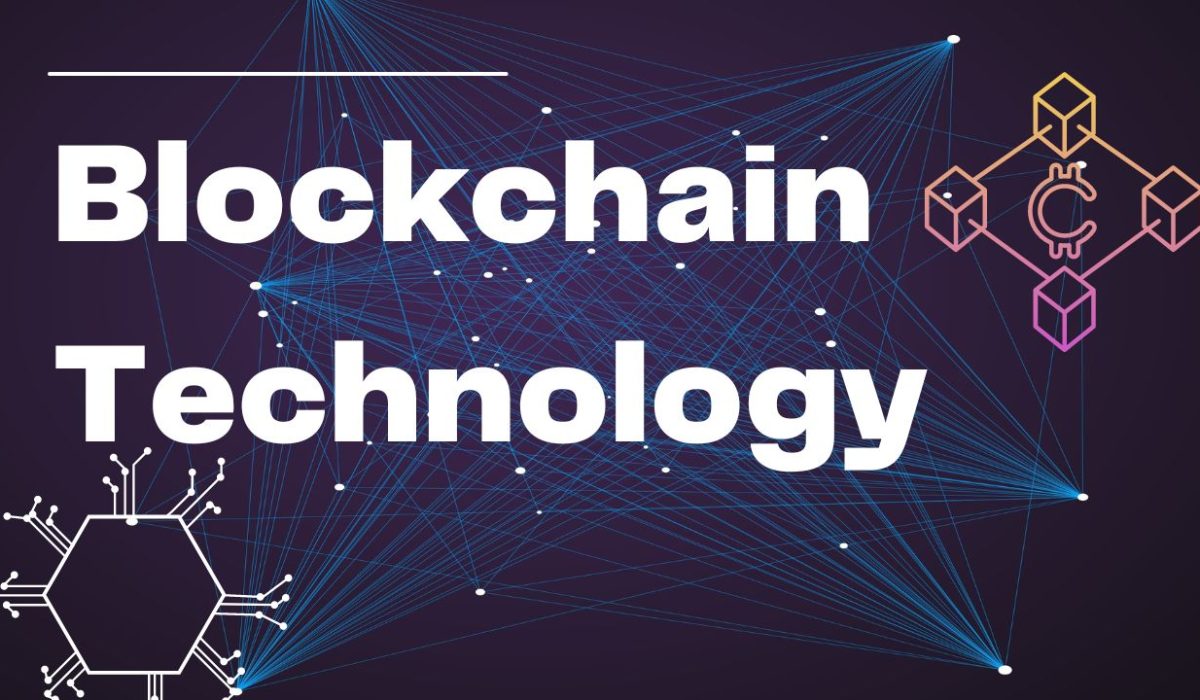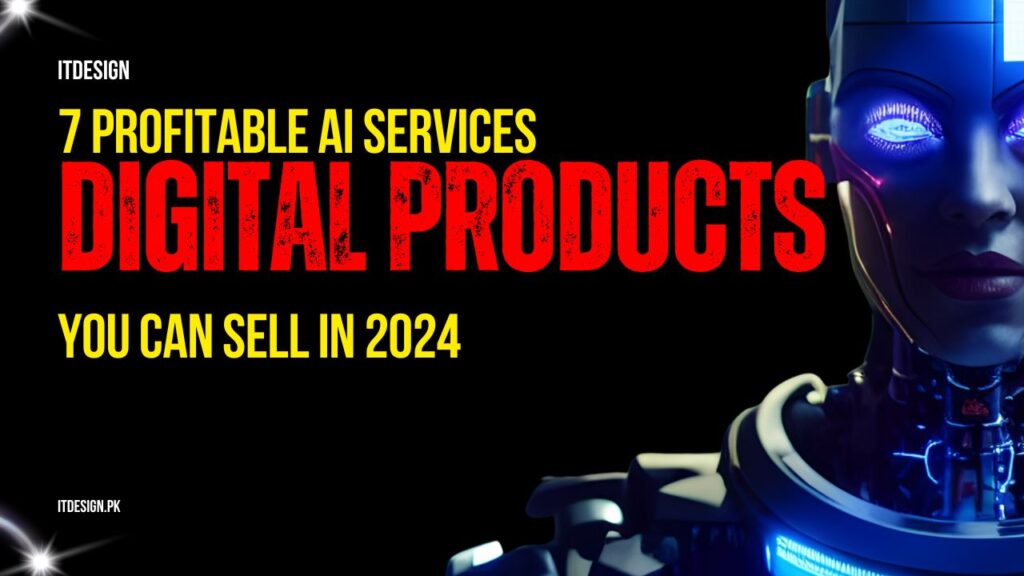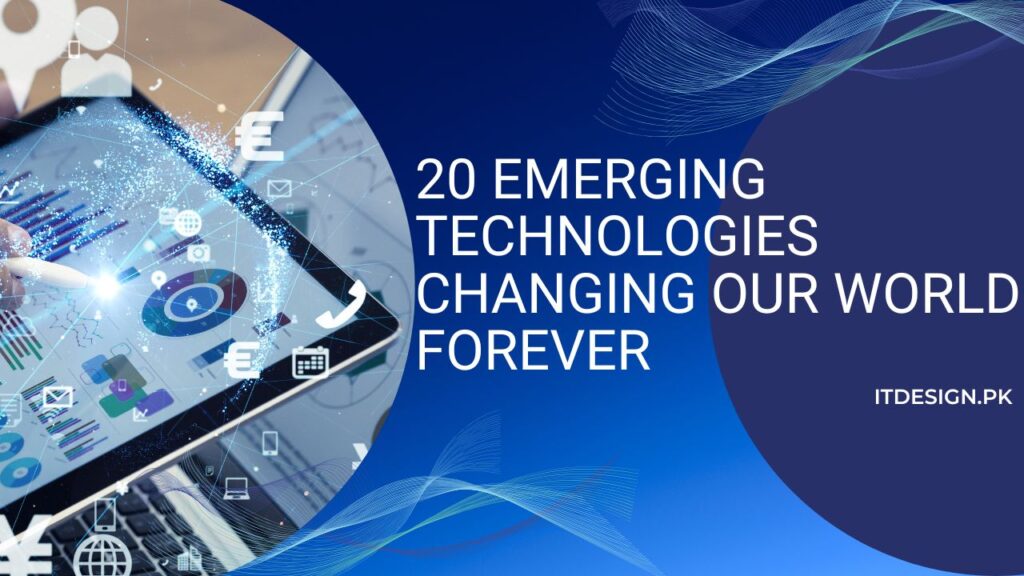Blockchain technology has changed our lifestyle and the way we do business. Most of us first heard of blockchain technology in the context of cryptocurrencies like Bitcoin, which makes sense. However, it has since grown into a safe decentralized ledger system that is used for a lot more than just cryptocurrencies. The Daedalus System does not help solely with financial transactions; it enables opportunities and applications in the cutting-edge industry these days. This primer uncovers its basic concepts to grasp the rudimentary elements of blockchain.
Table of Contents
Toggle
What Does Blockchain Technology Signify?
Blockchain is basically a digital public record that is not kept in one place but by many people working together on a network. By means of consensus, participating nodes append encrypted ‘blocks’ to the block-ledger in order to create a public and auditable medium for information. This public record is as egalitarian as these things can be — it cannot be edited by any one person or group, unlike most centralized systems. In contrast, the history of all transactions cannot be tampered with as it is collectively maintained by network users in an uneditable and up-to-date public transcript.
Applications for Blockchains
But in order for a decentralized system to function; without the need of a central authority managing everything? Think of a sequence as each transaction creates certain event just like online money transfer. Cryptographic proof-of-work lets nodes that are close to each other work together to add these events to new blocks. Once these blocks are validated they shared by all peer to peer network of nodes which then record it in a chain that cannot be changed.
My libraries sync with others through open protocols, keeping an authoritative and unchangeable record without the need of any intermediary. These mechanisms are the parameters that boosted not only the security but also fought fraud and introduced full transparency with a distributed ledger design. Article Title: How to Implement Finished Transactions
All details of the transaction, such as participants and conditions for its completion are disclosed to all network members with respect to any transaction that is carried out in the system. Most importantly, this confirms everyone knows what needs to be done and who is accountable for that. This entire review will be called an “order.
Every computer point in the network checks that the transaction meets certain requirements by carefully looking it over using standard protocols. Such checks are diligently done, such as verifying sender account balances to ensure that there is enough money in the bank before sending a transaction. After a comprehensive review process, the transaction is added to the list of existing transactions, giving rise to a new series of interdependent transactions — in other words, a chain. Once validated, a new block is added to the chain and appended to the universally accessible, unchangeable ledger — making it an indelible record of each transaction that has ever occurred across the globe.
When a transaction is added to the blockchain, it confirms securely and is momentarily considered “frozen.” After the transaction, it is added to a new block along with all the acts that came before it, in order. In blockchain, everything is shared openly and recorded on the blockchain where anyone can view at any point of time a full picture of status or information from node to other node through transactions that are verified by “mining.
Although frequently connected to cryptocurrencies, blockchain technology is used by a wide range of industries other than the financial field. The ledger If bank use block chain technology, it may help to increase visibility & reduce time and make payment across boarder will become fast (or transactional practices should be faster) down the line this can result in reduced transaction cost. Blockchain, if adopted could result in great changes many sectors including those are securities trading, cross border payments and loans, insurance.
Supply Chains
Bext360 also announced a drone delivery network and said that using blockchain technology can make the supply chain more open and easy to track by keeping a permanent record of all transactions on both sides. Taking this long-term perspective avoids mistakes and helps eliminate fraud mold, make transport of goods faster from producers to consumers.
Medical Services
Pharmacists can store records securely and interchange them from the ledger, thus eliminating the chances of data breaches. This secure method enhances patient privacy and encourages more effective teamwork among health professionals that may lead to a more detailed patient medical history.
Real Estate
We believe that the Blockchain will allow real estate markets to be successfully transformed into easily traded digital products, which can make it approachable even for low-budget investors.
Digital Assets’ Objective
Through blockchain technology, the transmission of documents from one party to another can be done cheaply and faster as it allows instantaneous peer-to-peer electronic transfer of digital assets such as property deeds.
Organizational Applications
By extension, regional and local administrations are increasingly investigating blockchain voting solutions that have the potential to increase voter turnout and restoration of trust in democratic integrity by enabling more tamper-free methods to vote [18] These applications barely begin to explore the possibilities that blockchain offers in terms of decentralization and trust lessness while hopeful entrepreneurs build upon blockchains by framing new forms of innovation with rigid implementation models.
Blockchain Projects InvestmentCryptocurrency Trading
Blockchain technology can do just about anything but should be released smartly to make the most of it. It offers unbelievable and riskier rewards such as investing in a cryptocurrency like Bitcoin. If you like to invest in a lower risk investment option, consider investing in Exchange-Traded Funds (ETFs) composed of companies from different types of industry that are doing well integrating very high-quality Blockchain technology.
The diversification approach allows us to participate in the blockchain market and reduce exposure to individual unproven digital assets. As blockchain technology enters public markets, we may expect a growth in the number of publicly traded companies, providing more investment opportunities in this developing industry and introducing consumers to further applications within the blockchain ecosystem.
Ethereum Investments
You could also look at backing businesses that are actually testing, to the nuts and bolts of blockchain technology or building blockchains. From small specialized businesses to big IT corporations like Microsoft and IBM-mediated platforms- all are now possible.
Token Creation & Crowdfunding
To actively participate in the blockchain industry, investors can engage with existing blockchain initiatives by participating in Initial Coin Offerings (ICOs) or utilizing one of the several crowdsourcing platforms that have been developed using this technology. Typically, these systems compensate players by remunerating them with tokens or money. However, it is important to carefully analyze this method as it is not universally applicable.
Key Considerations for Risk Assessment Keep in mind that blockchain technology is still in its infancy and lacks defined norms. Therefore, even if you choose the buy-and-hold strategy, there are no guarantees. Like any other business, investing in this one carries a high level of risk. Kindly consult a financial advisor to initiate a discussion regarding the integration of this investment into your portfolio, taking into account your unique circumstances and the various available possibilities.
Blockchain possesses extensive disruptive and revolutionary capabilities across various industries, which are continuously growing as Blockchain further develops. Whatever it may be, but for the future of mankind Blockchain promises a lot as internet used to promise once upon before. Nevertheless, challenges in developing a vibrant Infrastructure-as-a-Service (IaaS) stack persisted, such as through standardization, scalability issues or regulatory show-stoppers. However, overcoming these hurdles results in big chances to win and huge profits.
These breakthroughs permeate throughout the economy at large and act as antecedents to a new era of innovation that is right around the corner. In the context of digitalification in which we live, creativity has been impacted by this diversification of blockchain technologies. The decentralized ledger technology allows for uninhibited applications, with each new blockchain touting completely different features. Be flexible and nimble in these often-unpredictable times as things continue to rapidly change.
The blockchain is atomic, it has cryptographic values for security, and whenever changes are made to the chain they will be done at the same time making this disruptive technology worth examining. Several industries, like banking and finance, healthcare and life sciences, real estate/real property registries, government (public records), can benefit from this ground-breaking technology. There are different ways of participating for investors (each with its risk/reward differential).
As Blockchain technology is only at its dawn, the more it grows in popularity across diverse industries, so does access to knowledge concerning its present applications and also what we can expect of it. Only about a dozen of those fields are threatened by obsolescence, and the ones who get ahead in understanding their potential sooner will stand out and have lots of opportunities to make meaningful contributions in an increasingly tech-driven landscape.



